Home>Renovation & DIY>Home Renovation Guides>What Home Improvements Are Eligible For Veterans Benefits?


Home Renovation Guides
What Home Improvements Are Eligible For Veterans Benefits?
Modified: January 6, 2024
Discover the home renovation guides for veterans benefits, including eligible home improvements and how to make the most of your VA benefits.
(Many of the links in this article redirect to a specific reviewed product. Your purchase of these products through affiliate links helps to generate commission for Storables.com, at no extra cost. Learn more)
Introduction
Are you a veteran looking to make improvements to your home? Or perhaps you're a family member of a veteran seeking to enhance the living conditions of your loved one? The good news is that there are valuable benefits and resources available to assist veterans in making necessary home improvements. These benefits can significantly contribute to creating a safer, more comfortable, and accommodating living environment.
In this comprehensive guide, we will delve into the specifics of home improvements eligible for veterans benefits, shedding light on the various projects that can be covered. Understanding these benefits and the process of accessing them is crucial for those who have served our country and their families. By the end of this article, you will have a clear understanding of the home improvement projects that qualify for veterans benefits and the steps to take in order to access these valuable resources.
Let's embark on this journey to explore the opportunities and support available for veterans and their families to make meaningful and impactful improvements to their homes. Whether it's enhancing accessibility, addressing safety concerns, or making necessary modifications, the path to a more comfortable and accommodating living space begins here.
Key Takeaways:
- Veterans can access grants for home improvements like wheelchair ramps, bathroom modifications, and safety enhancements through programs like SAH and HISA.
- Applying for veterans benefits involves assessing eligibility, gathering documentation, and submitting forms for review, ensuring a supportive home environment for veterans and their families.
Understanding Veterans Benefits for Home Improvements
As a veteran, you may be eligible for a range of benefits designed to support home improvements that cater to your specific needs. These benefits are offered through the U.S. Department of Veterans Affairs (VA) and can play a pivotal role in enhancing the safety, accessibility, and overall livability of your home. Understanding the scope of these benefits is essential in order to leverage them effectively.
One of the primary programs that provides assistance for home improvements is the Specially Adapted Housing (SAH) grant. This grant aims to help veterans with certain service-connected disabilities live more independently by providing funds to adapt their homes to meet their individual requirements. The SAH grant can cover expenses related to modifying an existing home or constructing a specially adapted home to accommodate the veteran’s needs.
Another key program is the Special Housing Adaptation (SHA) grant, which offers financial assistance to veterans for home adaptations to assist with mobility throughout their homes. This grant can be used to install features such as wheelchair ramps, handrails, or other modifications that facilitate ease of movement within the home.
It’s important to note that these benefits are not limited to the veteran alone. In some cases, eligible family members of veterans may also qualify for assistance through these programs. This inclusivity underscores the commitment to supporting the well-being of veterans and their families.
Furthermore, the VA offers the Home Improvements and Structural Alterations (HISA) program, which provides grants to veterans with service-connected disabilities for necessary home modifications. These modifications may include improvements to address safety concerns, accessibility enhancements, or the installation of vital home medical equipment.
By familiarizing yourself with these programs and the specific criteria for eligibility, you can gain insight into the available resources tailored to your circumstances. This understanding sets the stage for identifying the most suitable home improvement projects that align with your needs and preferences.
Home Improvement Projects Eligible for Veterans Benefits
When considering home improvement projects eligible for veterans benefits, it’s essential to recognize the diverse range of modifications and adaptations that can be covered under the available programs. These projects are designed to address specific needs related to accessibility, safety, and overall comfort within the home. Understanding the scope of eligible projects empowers veterans and their families to make informed decisions about enhancing their living spaces.
Some of the key home improvement projects that qualify for veterans benefits include:
- Accessibility Modifications: Veterans may utilize benefits to fund the installation of wheelchair ramps, stairlifts, widened doorways, and other enhancements that improve accessibility throughout the home. These modifications aim to facilitate ease of movement and independence for veterans with mobility challenges.
- Bathroom Renovations: Grants and assistance can be allocated for the modification of bathrooms to accommodate the specific needs of veterans with disabilities. This may involve installing accessible showers, grab bars, non-slip flooring, and other features that enhance safety and usability.
- Kitchen Adaptations: Veterans can utilize benefits to make necessary modifications in the kitchen, such as lowering countertops, installing accessible appliances, and creating space for maneuverability, to ensure a more functional and user-friendly cooking environment.
- Home Safety Enhancements: Funding can be allocated for safety-focused improvements, including the installation of handrails, grab bars, non-slip flooring, and other features that reduce the risk of accidents and promote a secure living environment.
- Structural Alterations: Veterans may receive support for structural changes to their homes, such as widening doorways, modifying entryways, or adjusting the layout to accommodate mobility aids and equipment.
- Medical Equipment Installations: Assistance is available for the installation of vital medical equipment within the home, ensuring that veterans have access to the necessary resources to manage their health and well-being.
It’s important to note that these projects represent a broad overview of the potential improvements covered by veterans benefits. Each program has specific guidelines and eligibility criteria, and the scope of eligible projects may vary based on individual circumstances and needs.
By exploring these eligible home improvement projects, veterans can envision the possibilities for enhancing their living spaces to better align with their requirements and preferences. Leveraging veterans benefits for these projects can lead to tangible improvements that significantly enhance the overall quality of life for veterans and their families.
Certain home improvements, such as wheelchair ramps, bathroom modifications, and energy-efficient upgrades, may be eligible for veterans benefits. Check with the Department of Veterans Affairs for specific eligibility requirements.
How to Apply for Veterans Benefits for Home Improvements
Applying for veterans benefits for home improvements involves a structured process aimed at ensuring that veterans and their families can access the support they need to enhance their living environments. Understanding the steps involved in applying for these benefits is crucial for navigating the application process effectively.
The following steps outline how to apply for veterans benefits for home improvements:
- Evaluate Eligibility: Before initiating the application process, it’s essential to assess eligibility for the specific benefits and programs available. Eligibility criteria may vary based on factors such as service-connected disabilities, military service history, and other relevant considerations. Veterans and their families can consult with the U.S. Department of Veterans Affairs (VA) or qualified representatives to determine eligibility.
- Identify Suitable Programs: Once eligibility is established, it’s important to identify the most suitable programs for the intended home improvement projects. Whether it’s the Specially Adapted Housing (SAH) grant, Special Housing Adaptation (SHA) grant, or the Home Improvements and Structural Alterations (HISA) program, understanding the scope and requirements of each program is essential for selecting the appropriate avenue for assistance.
- Gather Documentation: Gathering the necessary documentation is a critical aspect of the application process. This may include medical records, proof of service-connected disabilities, income information, and details related to the proposed home improvements. Ensuring that all required documents are organized and readily available streamlines the application process.
- Complete Application Forms: Veterans and their families will need to complete the relevant application forms for the chosen program. These forms may require detailed information about the proposed home improvements, the specific needs of the veteran, and other pertinent details. Accuracy and completeness in filling out the forms are essential to avoid delays in the application review process.
- Submit the Application: Once the application forms are completed and accompanied by the necessary documentation, they can be submitted to the appropriate VA office or online portal for review. It’s important to adhere to any specific submission guidelines and deadlines to ensure that the application is processed in a timely manner.
- Review and Follow-Up: After submitting the application, veterans and their families should anticipate a review process by the VA. It’s advisable to stay informed about the status of the application and be prepared to provide any additional information or documentation as requested. Following up on the application ensures that it receives the necessary attention and consideration.
By following these steps and engaging with the VA and relevant support channels, veterans and their families can navigate the application process with clarity and confidence. Accessing veterans benefits for home improvements is a proactive step towards creating a more accommodating and supportive home environment.
Conclusion
In conclusion, the availability of veterans benefits for home improvements presents a valuable opportunity for veterans and their families to enhance the livability and functionality of their homes. By understanding the range of programs and the eligible home improvement projects, individuals can leverage these benefits to create spaces that cater to their specific needs and promote a higher quality of life.
From accessibility modifications and safety enhancements to structural alterations and medical equipment installations, the scope of eligible projects reflects a commitment to addressing the diverse requirements of veterans. These initiatives not only contribute to improving the daily living experiences of veterans but also underscore the appreciation and support for their service and sacrifices.
Applying for veterans benefits for home improvements involves a structured process that emphasizes eligibility assessment, program selection, and thorough documentation. By engaging with the U.S. Department of Veterans Affairs and seeking assistance from qualified representatives, veterans and their families can navigate the application process effectively and access the support they need.
It’s essential to recognize that these benefits extend beyond the individual veteran, encompassing eligible family members and emphasizing inclusivity in providing necessary resources. This holistic approach underscores the commitment to enhancing the well-being of veterans and their loved ones.
Ultimately, the pursuit of home improvements through veterans benefits is a testament to the dedication to serving those who have served our country. It reflects a collective effort to honor and support veterans by ensuring that their living environments align with their evolving needs and preferences.
As veterans and their families explore the possibilities of leveraging these benefits, they embark on a journey toward creating homes that not only accommodate their unique circumstances but also serve as spaces of comfort, security, and independence.
By embracing the opportunities presented by veterans benefits for home improvements, veterans and their families take proactive steps toward shaping living environments that truly feel like home.
Frequently Asked Questions about What Home Improvements Are Eligible For Veterans Benefits?
Was this page helpful?
At Storables.com, we guarantee accurate and reliable information. Our content, validated by Expert Board Contributors, is crafted following stringent Editorial Policies. We're committed to providing you with well-researched, expert-backed insights for all your informational needs.

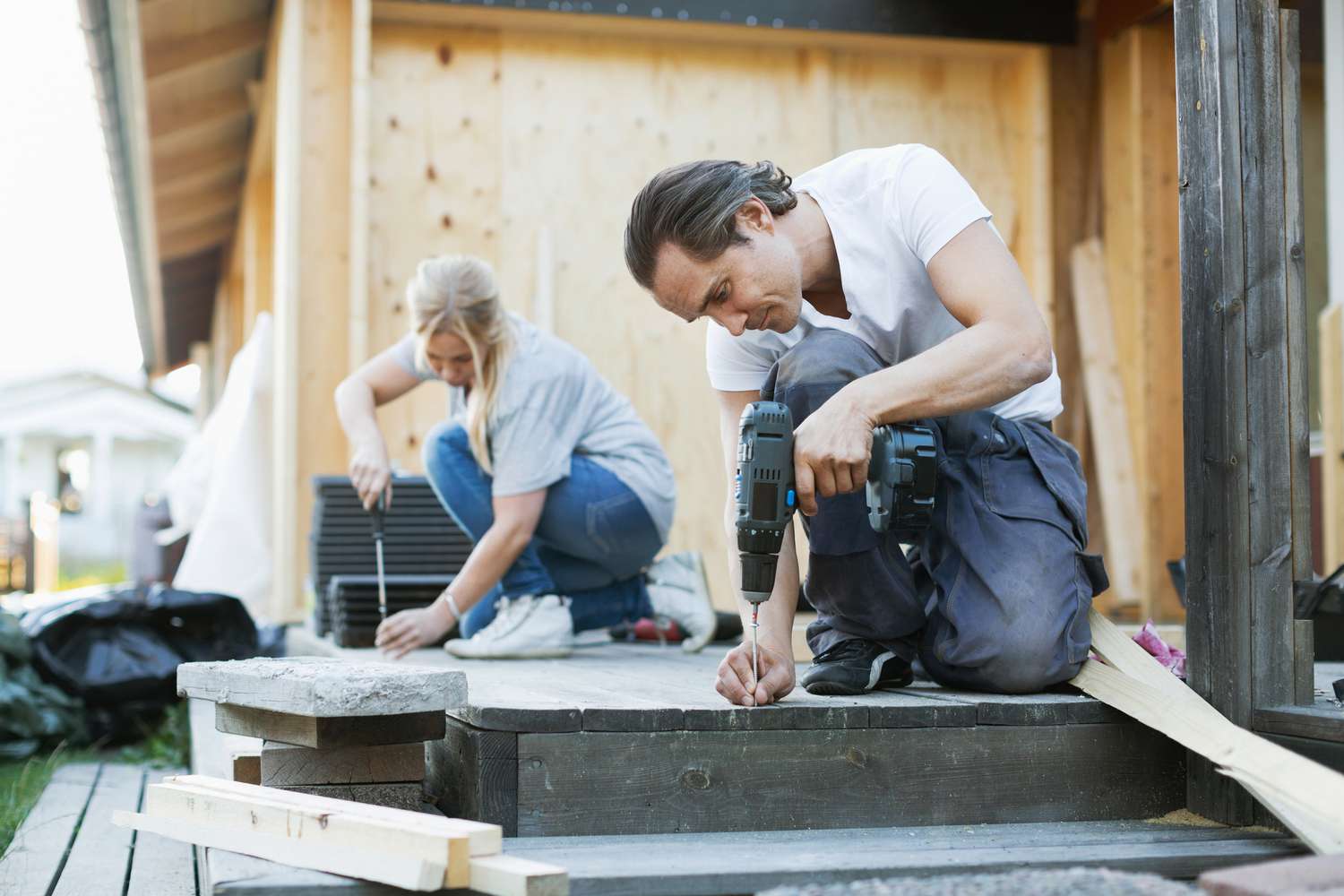
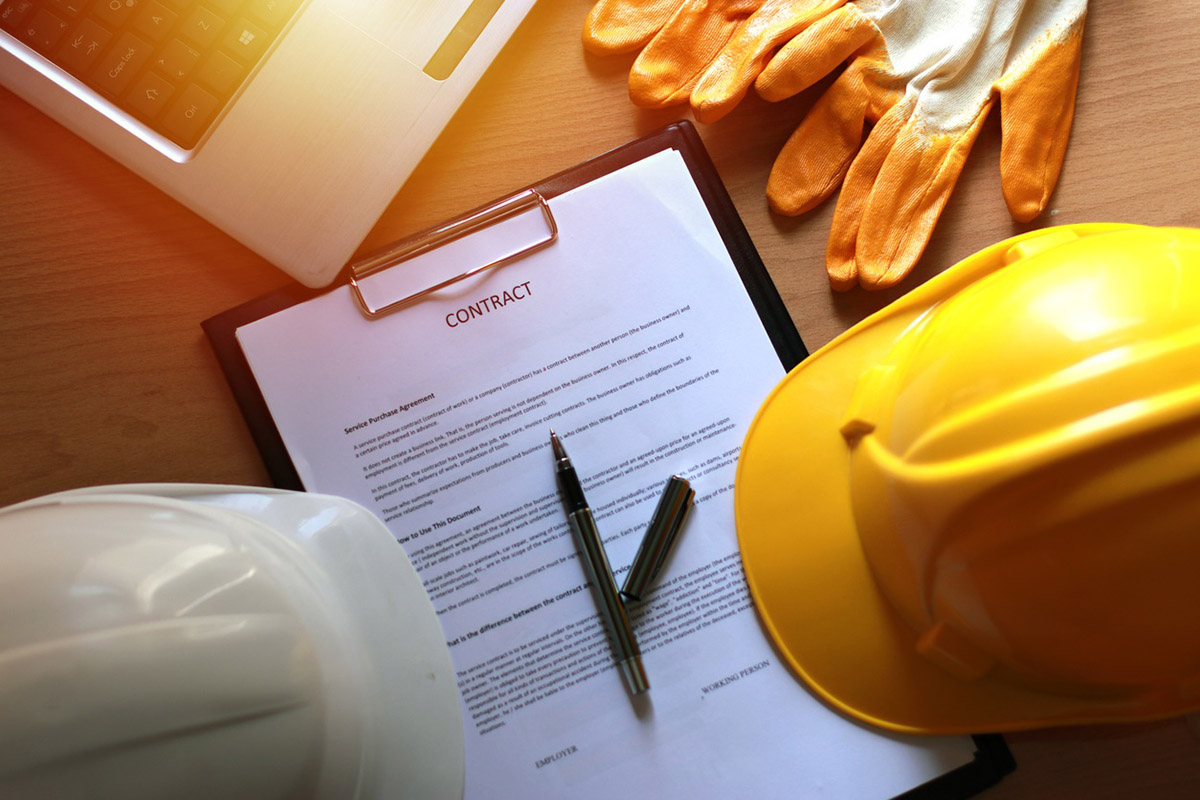
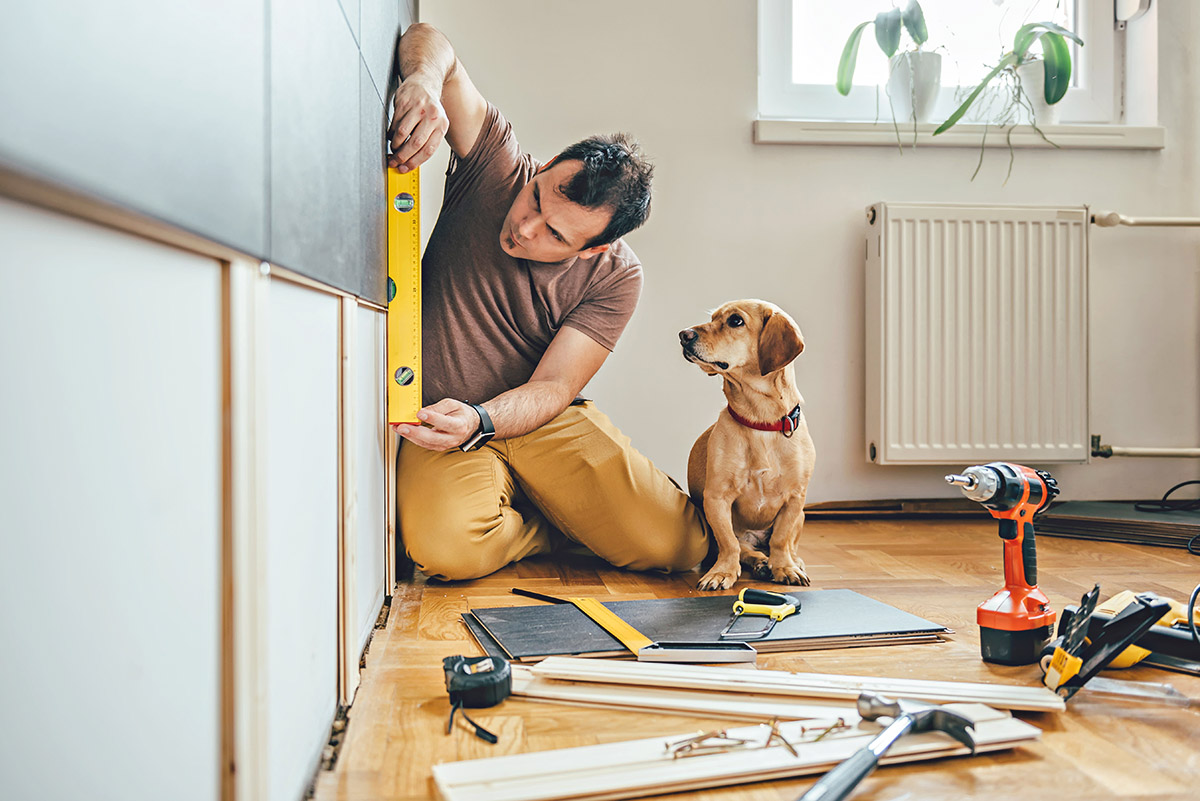
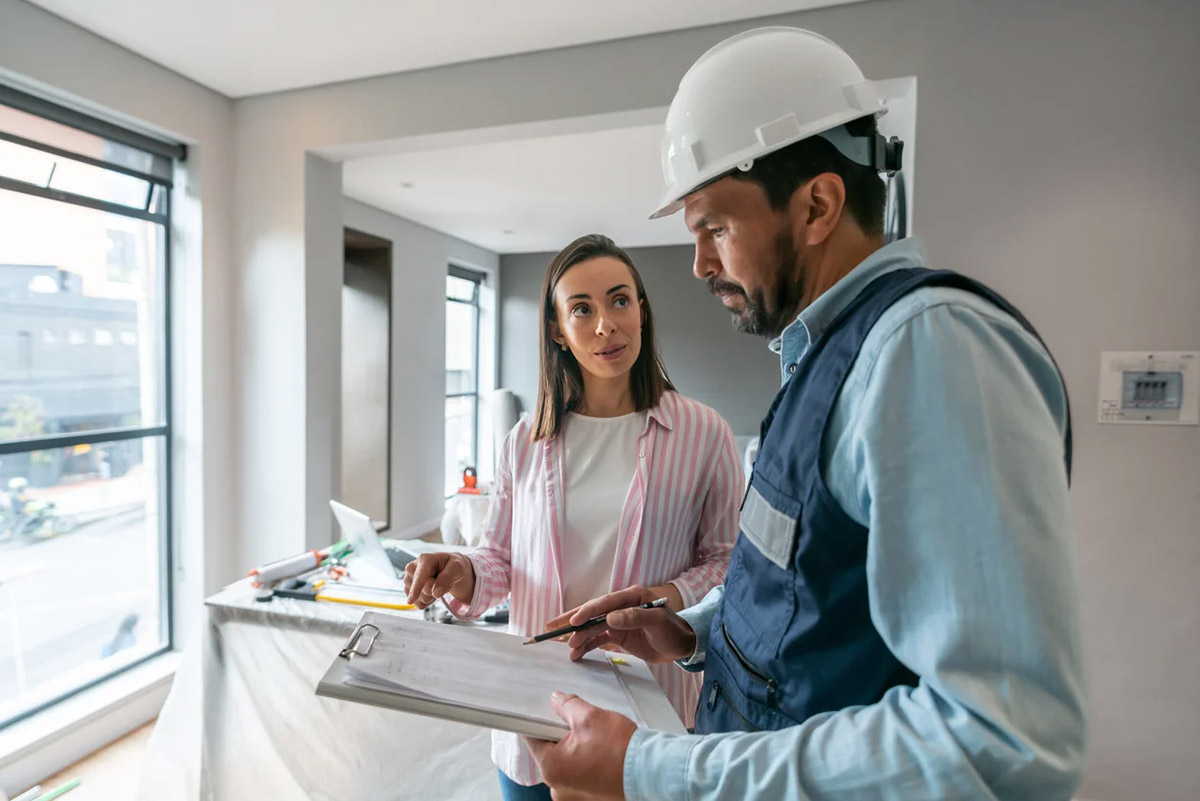
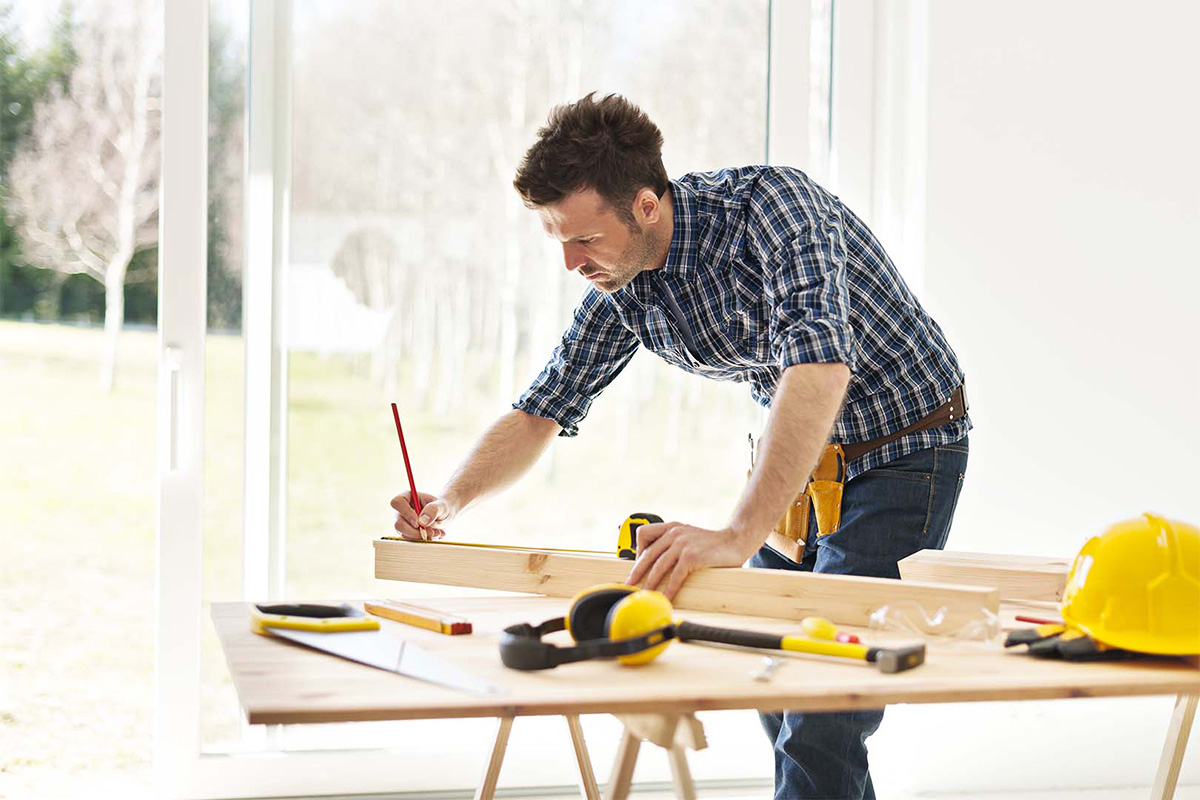
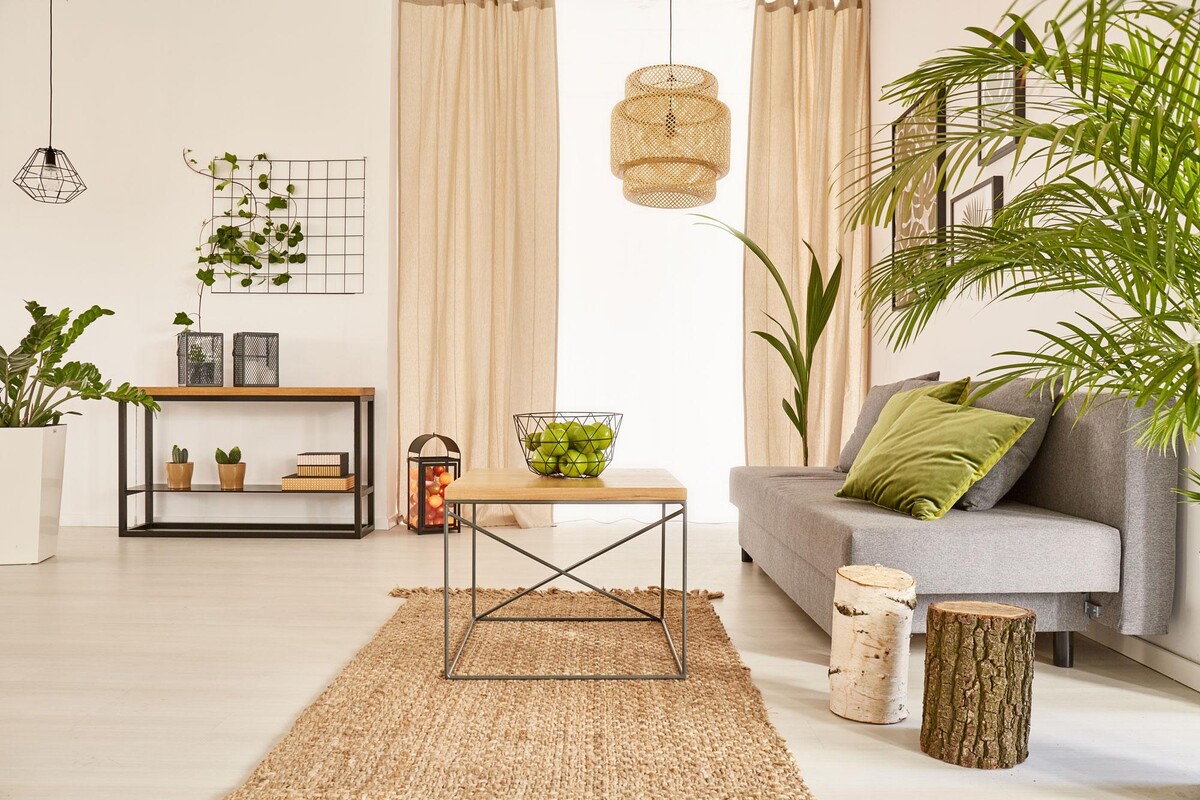



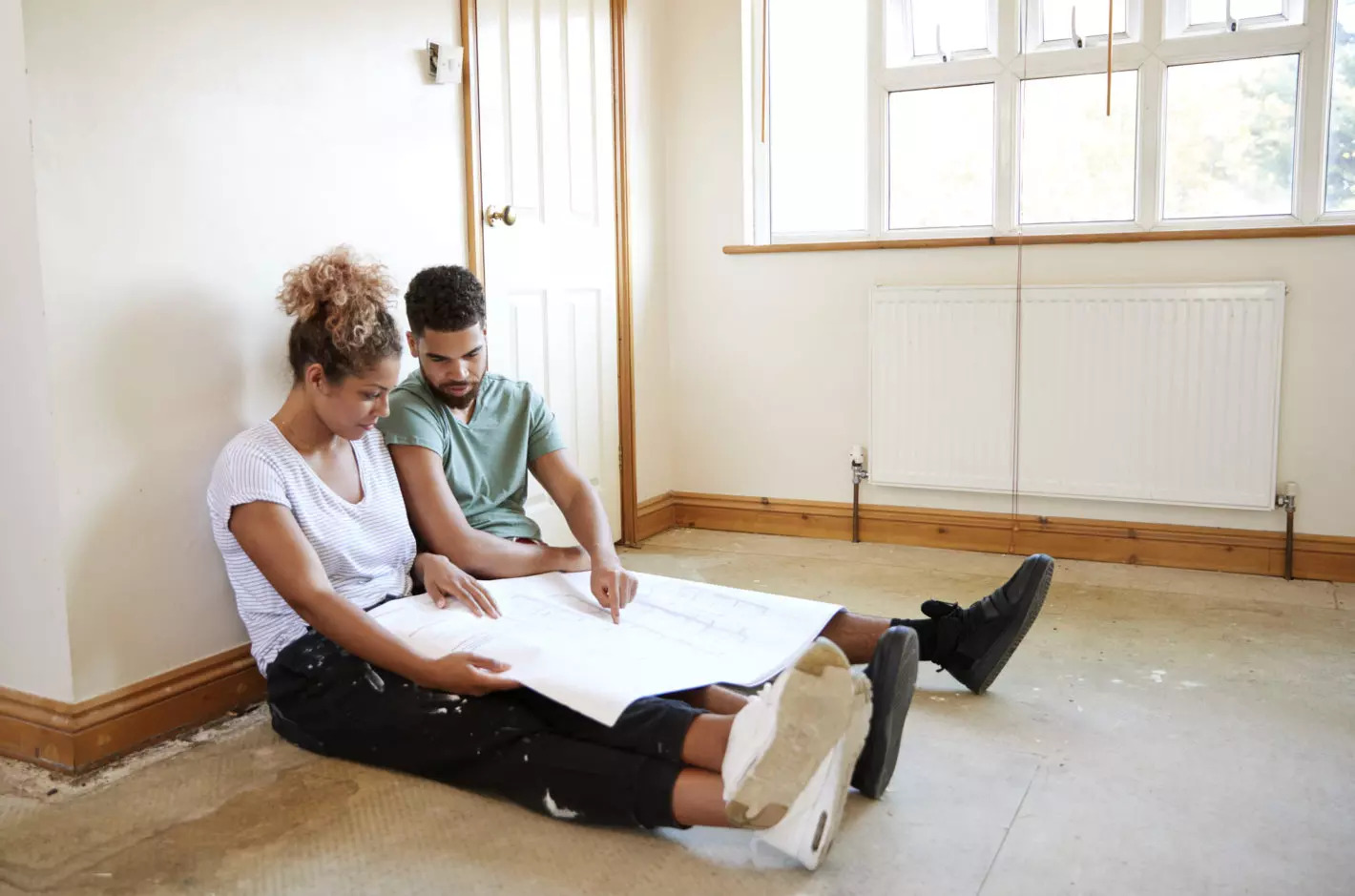
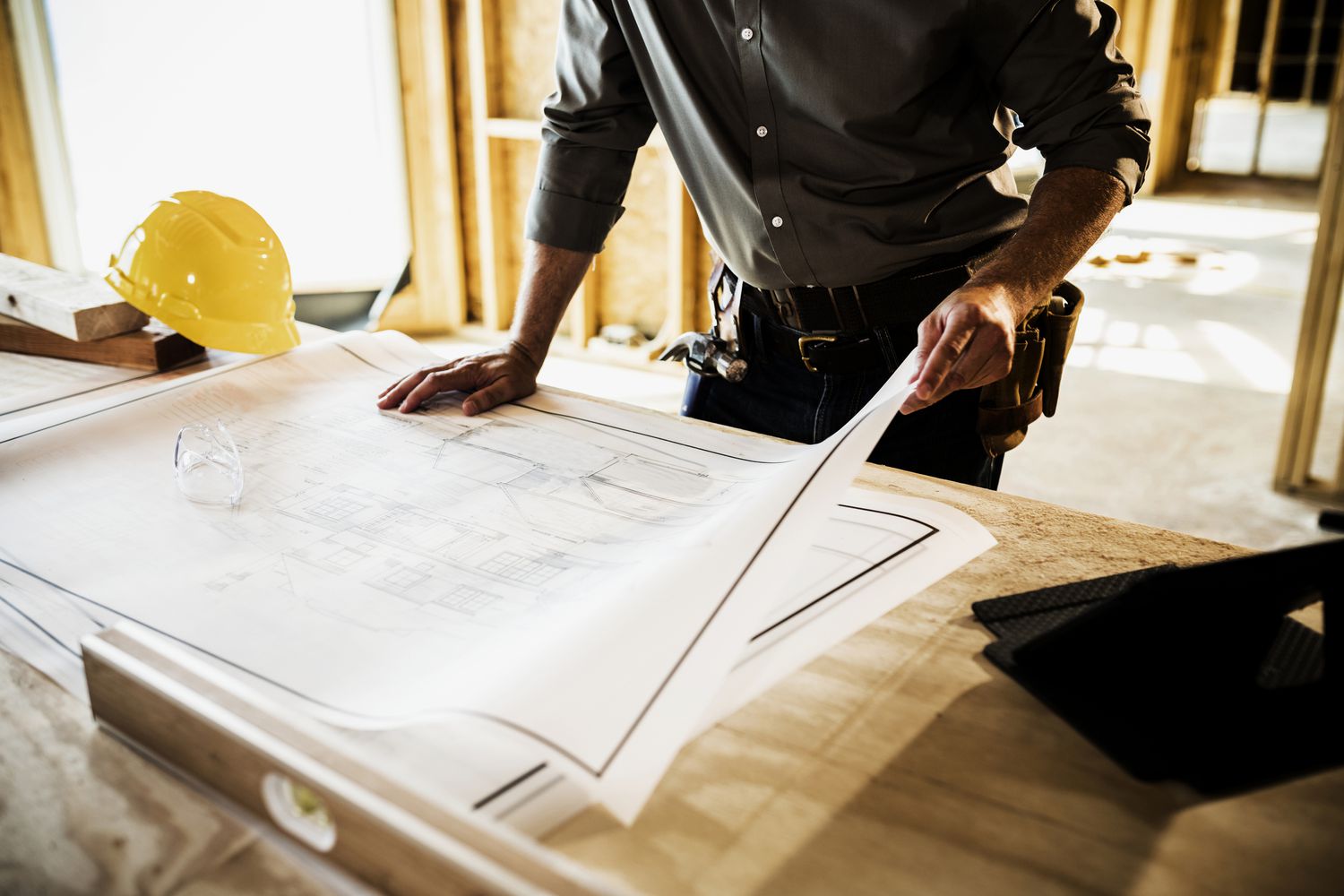
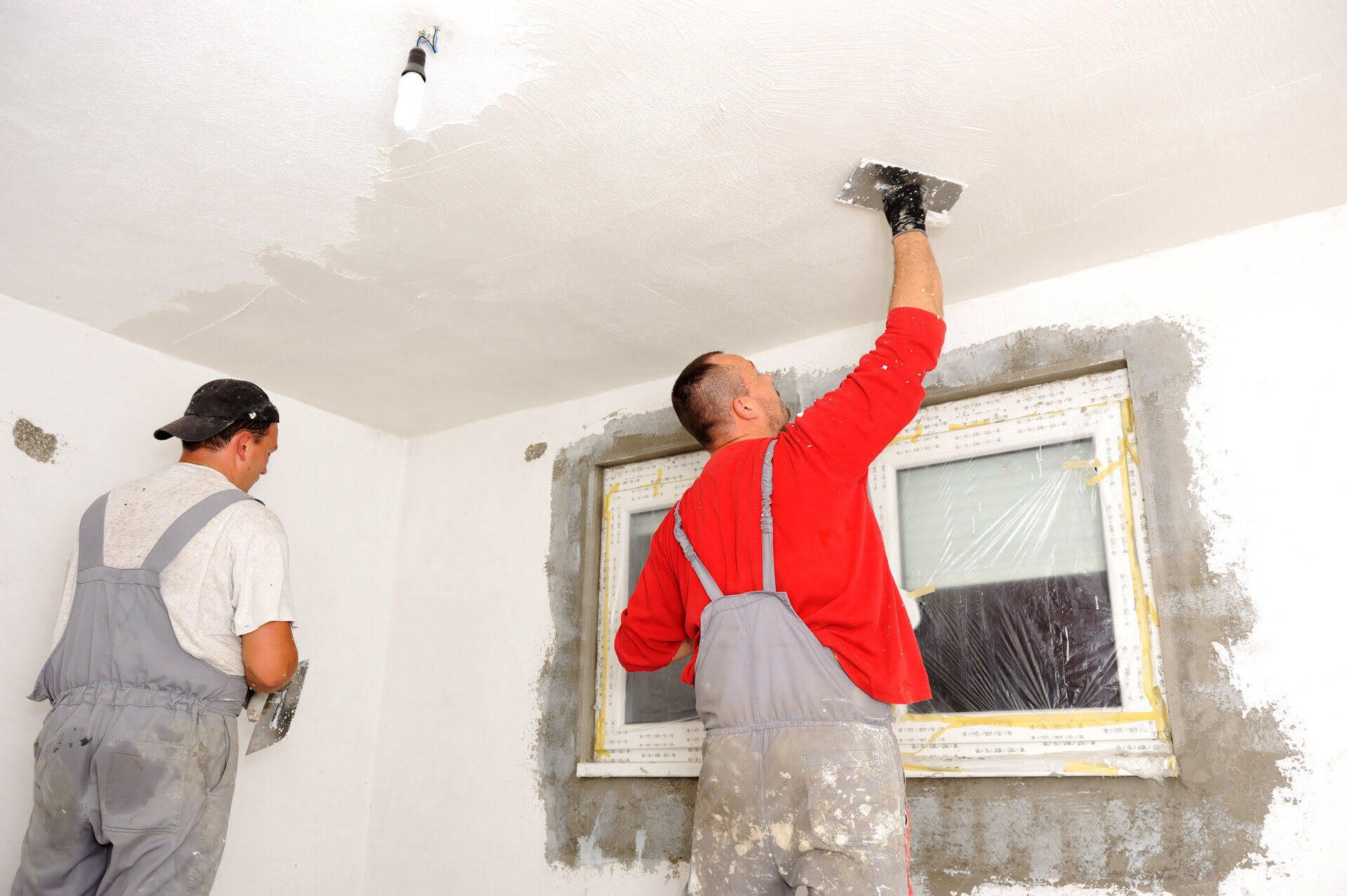
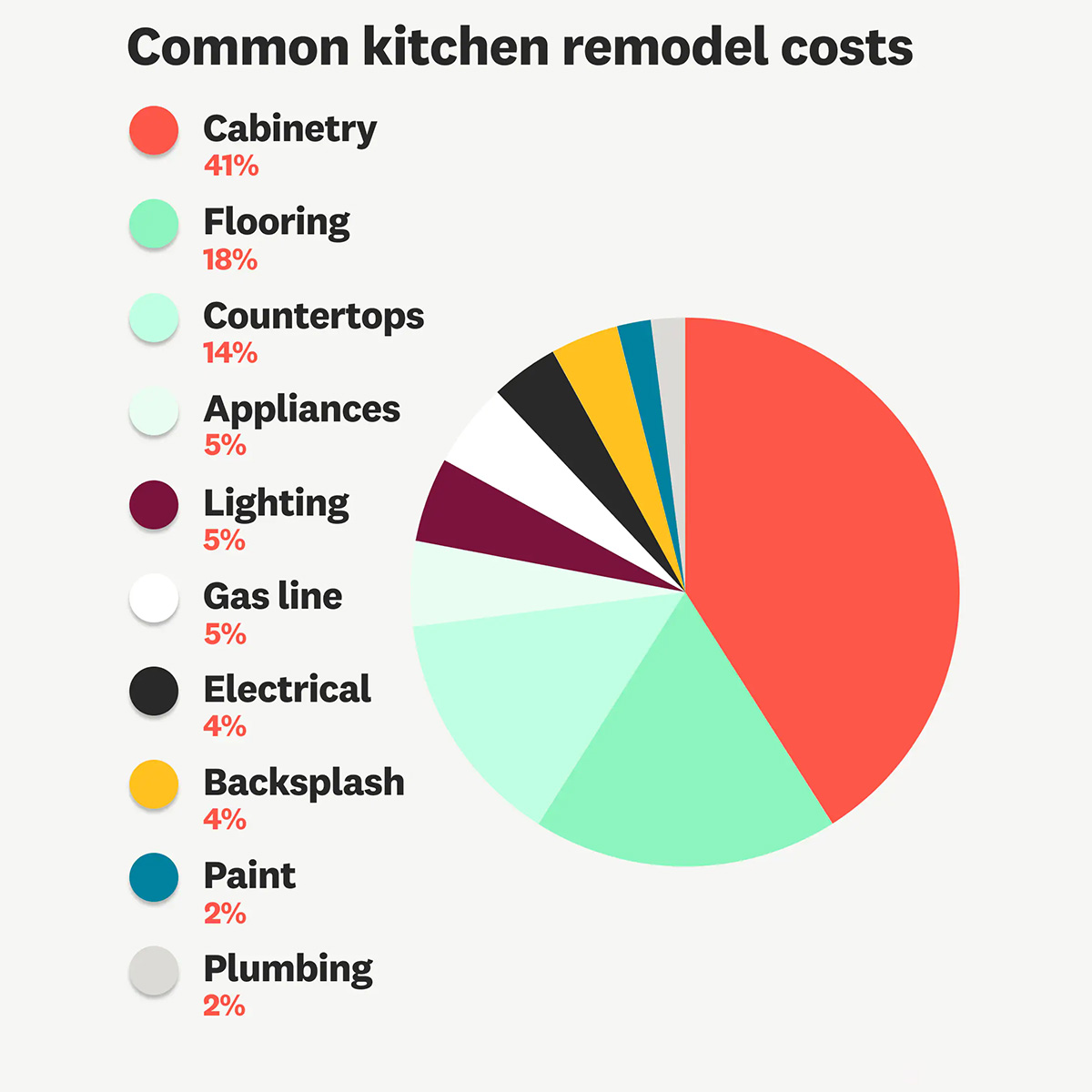
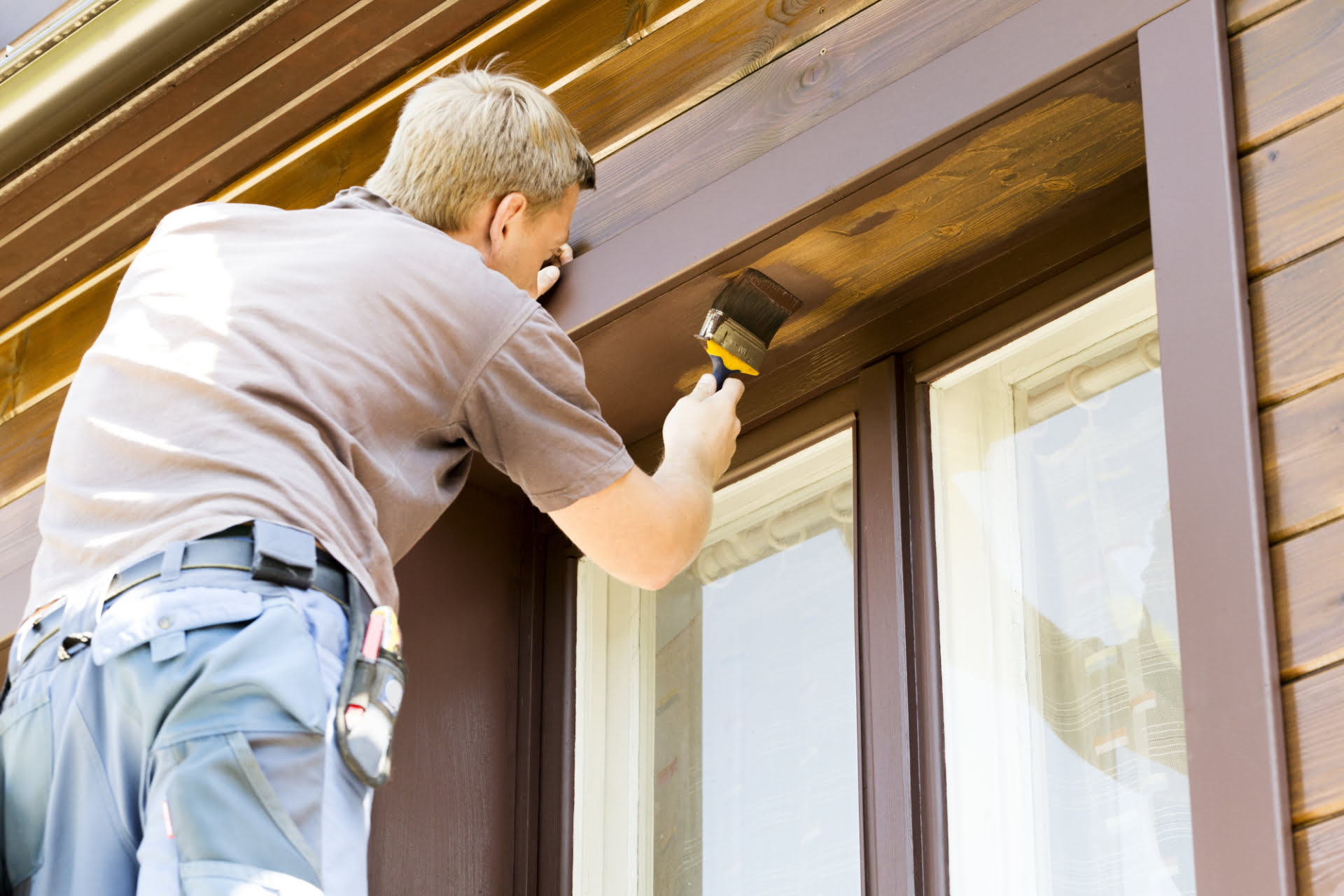

0 thoughts on “What Home Improvements Are Eligible For Veterans Benefits?”